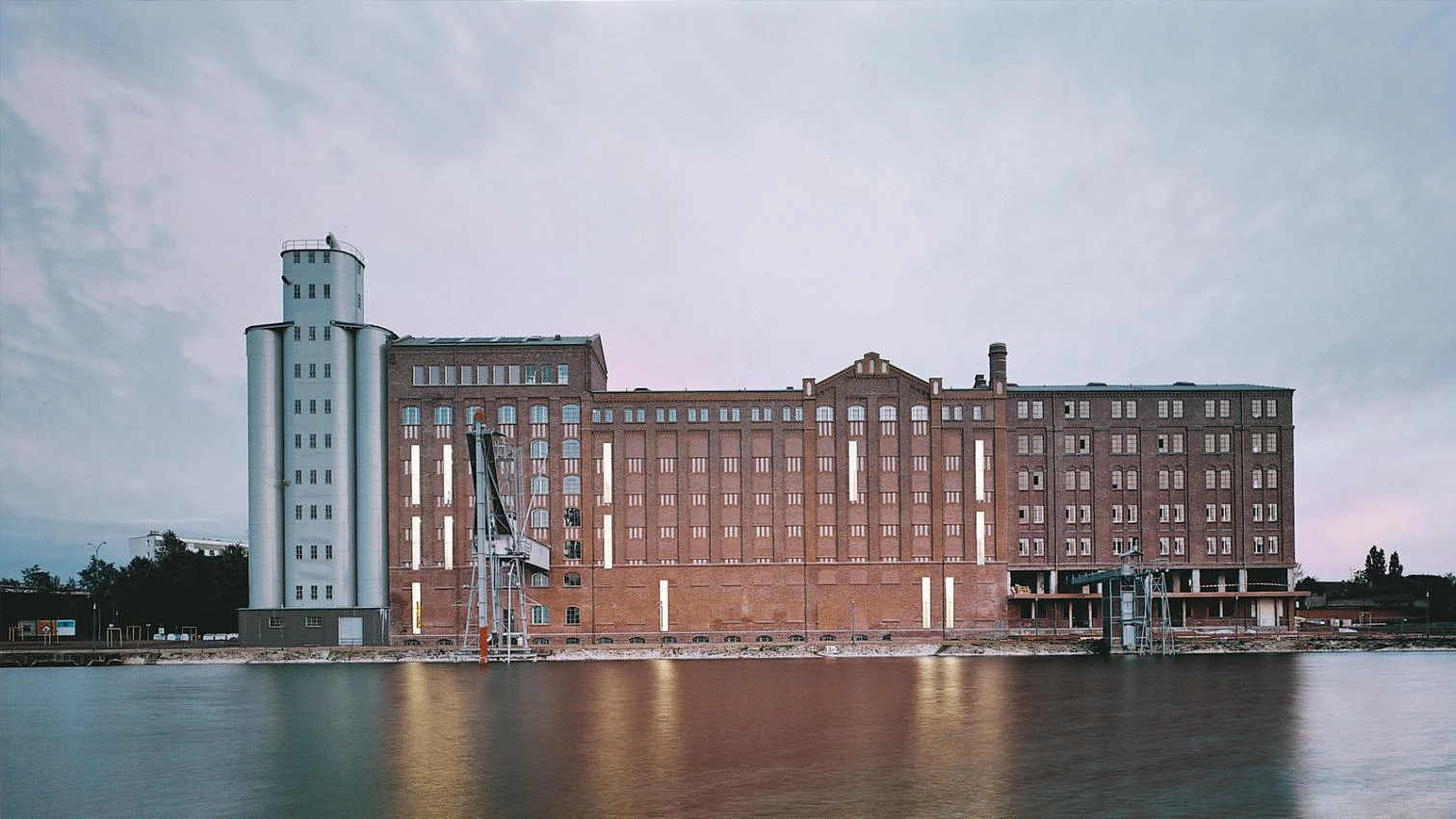Founding Fathers

Jacques Herzog and Pierre de Meuron are to receive their Pritzker in Monticello, a happy coincidence befitting their status as founding fathers of the architecture of the new century. Jefferson’s Virginia mansion, a landmark of neoclassical architecture and sanctuary of American history, is a perfect venue in which to honor the Swiss partners, who have amalgamated art with nature and everyday life, and whose geometric and tactile oeuvre is perhaps the most influential of the moment. Only their predecessor in the list of awardees, the Dutch Rem Koolhaas, can compete with the Basel architects in the ambition to explore new territories, and choosing these opposed and complementary figures as hinges of the turn of the century is a wise decision of the jury that ennobles the prize with critical refinement and historic intuition. Architecture of late has been nourished by the polemic dialogue between the Dutch and the Swiss, and the quality and distinction of the spearheads of both schools stresses both the vigor of European creation and the rigor of the American award, which now holds its tenth edition without succumbing to the temptation of keeping the trophy at home: after Robert Venturi in 1991, the Pritzker has gone to two Japanese and eight Europeans, faithfully indicating where the gravitational field of contemporary debate is to be found. Apart from that, the electric arc of differences between Rotterdam and Basel has of late become a fertile bridge, with Koolhaas and Herzog & de Meuron coming together in numerous professional adventures, from the joint Schrager commission to the work for Prada, each of which combines the subversive intelligence of the Dutch architect with the refined sensibility of the Swiss duo to mark the territory of the architecture to come...





